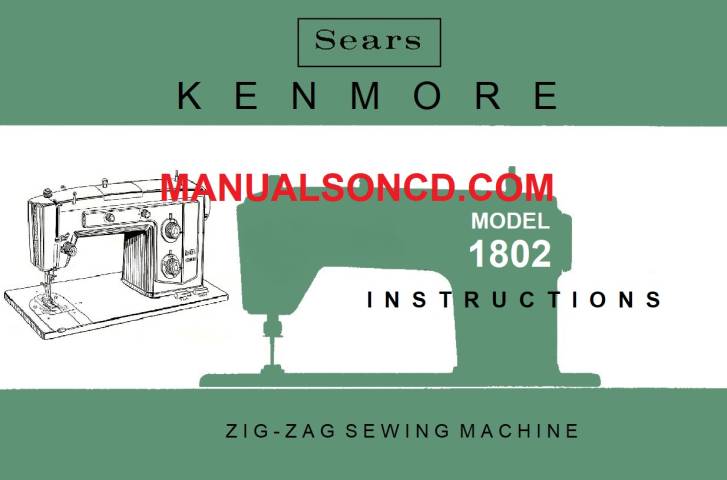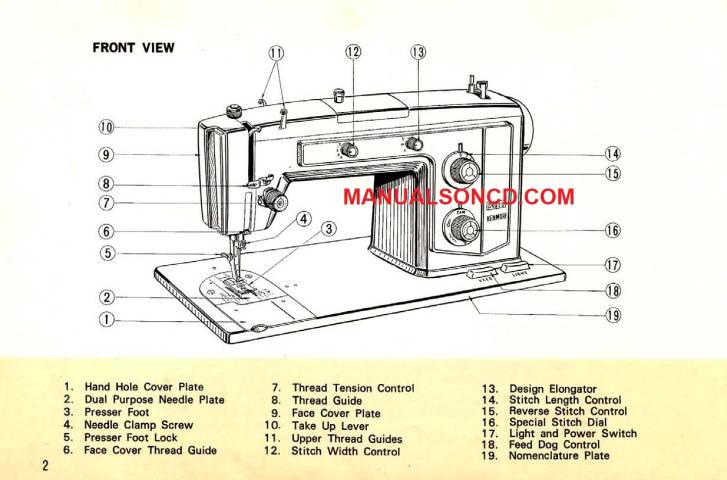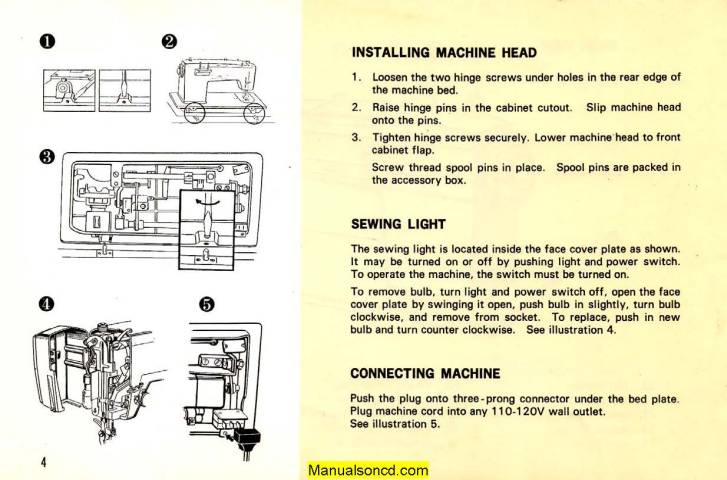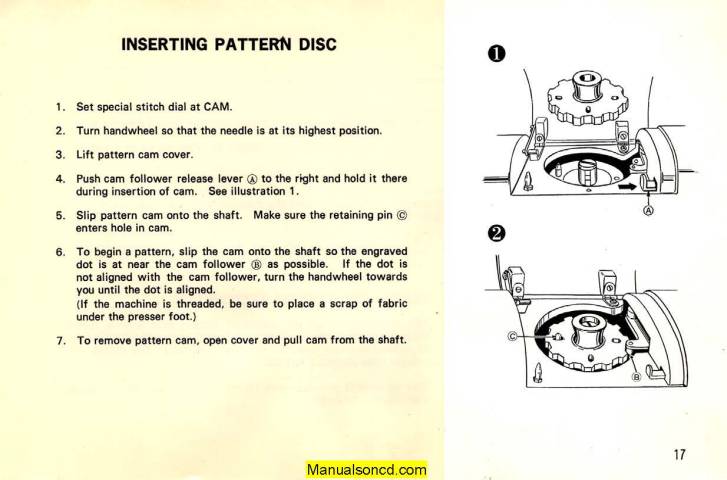Kenmore 158.18020 – 158.18024 Sewing Machine Manual
$5.95
This is a download manual. Please check your email after purchasing.
SKU: 334
Category: Kenmore Instruction Manuals
Description
Kenmore 158.18020 – 158.18024 Sewing Machine Manual.
Includes:
Installing and connecting your machine.
Threading machine.
Changing needle.
Bobbin winding.
Adjusting thread tension.
Pressure regulator.
Stitch applications.
Design cams.
Buttonholes.
Presser feet.
Feed dog control.
Inserting pattern cam.
Clutch knob.
Problem solving.
Cleaning and oiling.
Much more.
60 page manual.
Kenmore models:
158.1802
158.18020
158.18021
158.18022
158.18023
158.18024
Kenmore 158.18020 – 158.18024 Sewing Machine Manual.
Helpful sewing hints
1. Test the needle – it should be straight, properly set and sharp on the point. It should be the correct size for the fabric and thread being used.
Do not be afraid to change your needle frequently. Many of the new fabrics made of synthetic blend tend to dull the needles more easily than
fabrics made of natural fibers.
2. Test the machine stitch on a scrap of fabric you plan to use.
The fabric should be double thickness. Adjust the machine for the length of the stitch and tension suitable to your fabric.
3. Fabric should be placed under the pressure foot with the bulk of the material to the left of the needle and the right edge of the material placed on the 5/8 inch marking on the needle plate when making a simple seam.
4. Run the machine at the slow even speed. The more pressure you put on the foot control, the faster the machine will sew.
5. Fasten each stitch by back talking at the beginning and end of the seam.
6. Always start and finish sewing each seam with the take-up lever at its highest point.
7. Guide the fabric gently with your hand in front of the needle.
8. When turning the hand wheel manually, always turn it towards you.
Garment construction stitches
You will find in garment construction that you are doing two types of sewing – temporary and permanent.
1. Temporary stitching – usually the longest stitch possible and often done on a single layer of fabric. The various types of temporary stitches are: basting – stay stitching and guide line marking.
2. Permanent stitching – This is the actual stretch that holds the garment together. Much of the stitching is visible on the outside of the garment and therefore must be good looking.
The best stitch length to use for medium weight fabric is 12 – 15 stitches per inch. This is the middle range of the stitch length control.
You must remember to lengthen this ditch for heavier fabrics, multiple layers of fabrics and thicker seams. Some of these seams are: Common two layers this seams – Curved two layer seams – Top stitched three layer seams – top stitched four-layer seams.
When you have two seams crossing each other with considerable thickness, sew slowly and carefully so seam will be strong as possible in this area.
Kenmore 158.1802 Sewing Machine Instruction Manual




